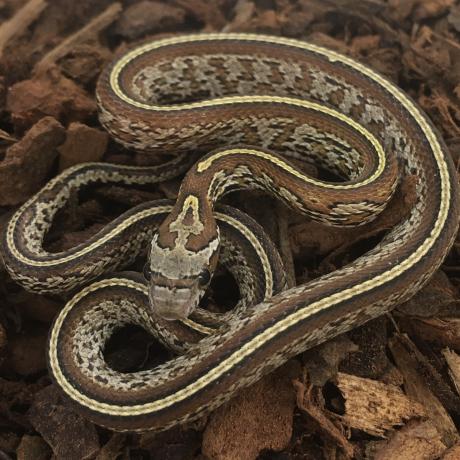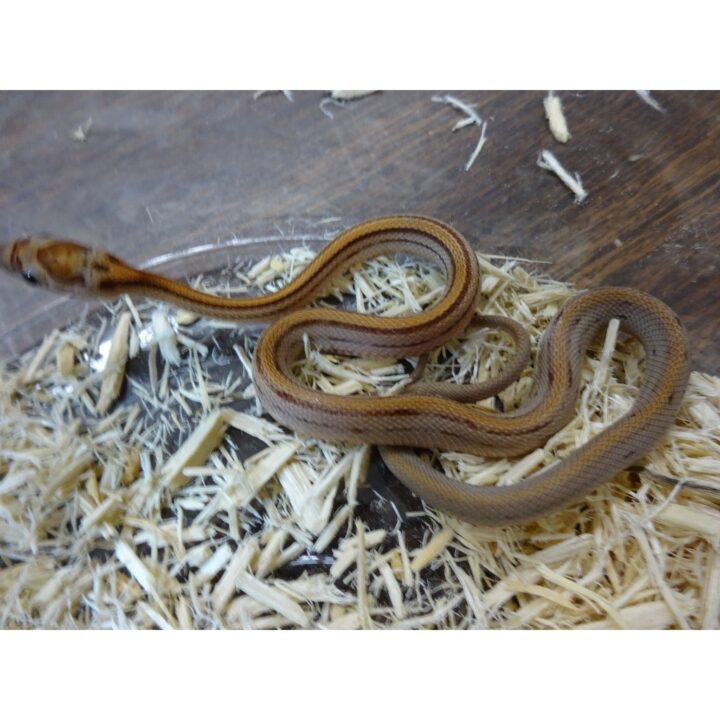
In 2013 I bought a baby “Hypo Tessera” bred by SnakeAround. This is a fitting name, because most snakes from this line have distinct yellow in the head and neck (like orange juice) and some “frosting” in the saddles (like champagne bubbles). Tequila Sunrise is named after the cocktail: a mix of Tequila, Orange Juice and Grenadine, so I wanted to give my line a name of a yellow cocktail too, so I came up with “Mimosa”Ī Mimosa is “a cocktail of orange juice and champagne, usually in equal parts”, according to the dictionary. Just like the Tequila Sunrise corns, I am still not 100% sure how this works genetically, but in this article I will explain everything I know about it.Īs far as I can tell at this moment (July 2021), my Mimosa corns are very similar in looks to Tequila Sunrise corns. We take this responsibility very seriously, and therefore publish the guarantee that we will exchange your SMR snake if it does not mature to be like our advertised examples.The origin story of the Mimosa Corn Snakeīy Josua Hannink, Future-Morphs (the Netherlands), July 2021 (Update September 2022)įor years I have been working on a colorful line of corn snakes, which resemble the “Tequila Sunrise” found in the USA in the early 2000s. The snake we select for you may not mature to be identical to the pictured examples, but will be chosen based on our experience of observing which neonates will mature to properly represent their respective morph. While most of the snakes we produce will mature to resemble the featured adult image(s) on our web site, unlike manufactured products that are respectively clones of each other, the nature of polygenic variation results in each animal being similar but not identical to others of its morph. Corns change so dramatically from hatchling to adult, they will NEVER have the same colors or contrasts throughout maturity. We do not provide pictures of individual hatchling snakes for sale, nor do we recommend that you ever choose a new pet based on an image of its neonatal form. These images are not renderings of the actual animals being offered, (except for uniquely offered snakes found in the SURPLUS section of this web site). Even if those three were F 2s, the likelihood of the mutant patriarch being a Striped Tessera is strong. If these three Tesseras are F 1s, my deduction is that the striped corn he used in the original pairing was actually Striped AND Tessera. How could these descendants of a Striped corn bred to an Okeetee be Motley types, instead of Striped? It is still unclear if those 2.1 Tesseras were F 1s ( first familial generation) or F 2s (the originator of this line is now out of the hobby and difficult to reach – for clarification). Most appeared to be the most perfectly Striped Motleys ever seen – in so much as their dorsal stripes were nearly contiguous from neck to tail tip (something never before seen in any corn snake pattern mutant) – but that was hardly possible if the admission of the breeder were true – that they were products of pairing a Striped corn with an Okeetee corn. Upon receiving the reverse trio from the seller, we all commented on the mutual peculiarity of the phenotypes. Imagine my surprise in seeing what we thought were nearly flawless Striped Motleys from three different females, only one of which was Het for a recessive pattern mutation? After the first brood of 50% Tesseras hatched from the female that was het for Stripe and Amel, except for the perfection of pattern, I was not thinking new dominant mutation, but when both wild-type Okeetees produced the same results, it was obvious that a new mutation was discovered. My Tesseras were produced by the pairing of the male Tessera to three novel female corns (two F 1 Locality Okeetees from Chip Bridges Rhett Butler Line and one Okeetee-ish female, Het for Stripe and Amel). I produced about 24 TESSERAS ( so named by the Lodrigues for the tessellated lateral markings) from over 50 fertile eggs, but since the Lodrigues were in the middle of a career move to another State, they were less fortunate, producing just four non- mutant Okeetee-looking corns. In 2008, both the Lodrigues and I independently bred our males (Graham’s and mine) to novel ( unrelated) corns. Profound thanks to Graham, KJ, and Kasi for that gracious and fortuitous gift.

KJ and Kasi recommended that Graham gift the extra male to me, and that’s what Graham did.

When they arrived, KJ discovered that they constituted a 2.1 reverse trio (two males and one female) instead of the advertised 1.2 trio (one male and two females). In 2007, Graham Criglow asked KJ Lodrigue to order a 1.2 trio of Striped Motleys that were advertised on one of the popular Online Classified sites – since Graham’s job prevented him from personally receiving them at that time.


 0 kommentar(er)
0 kommentar(er)
